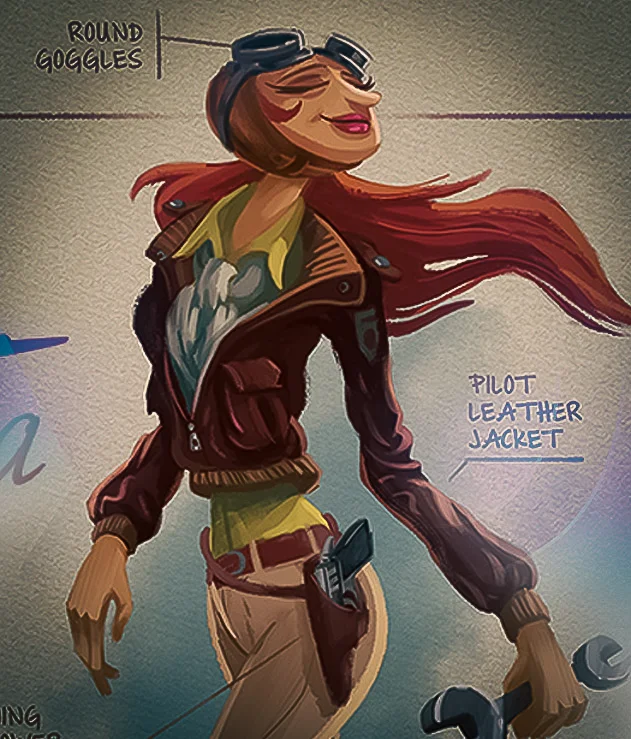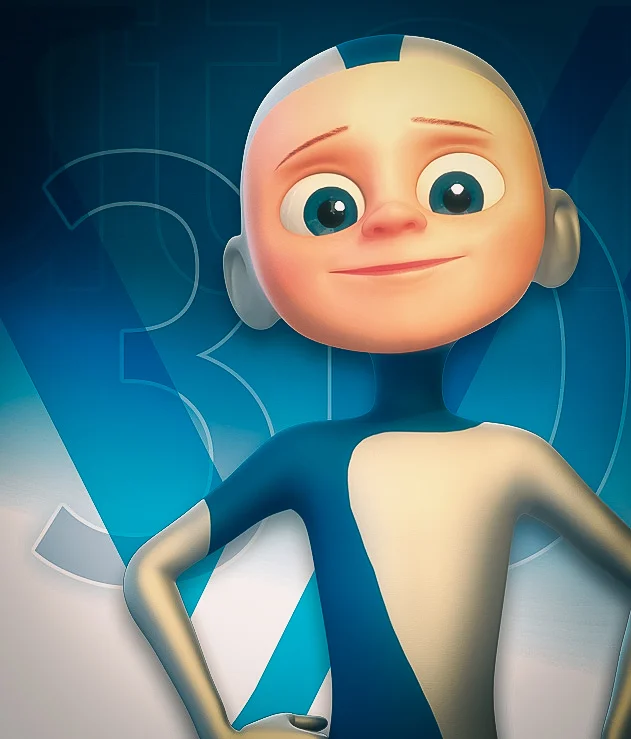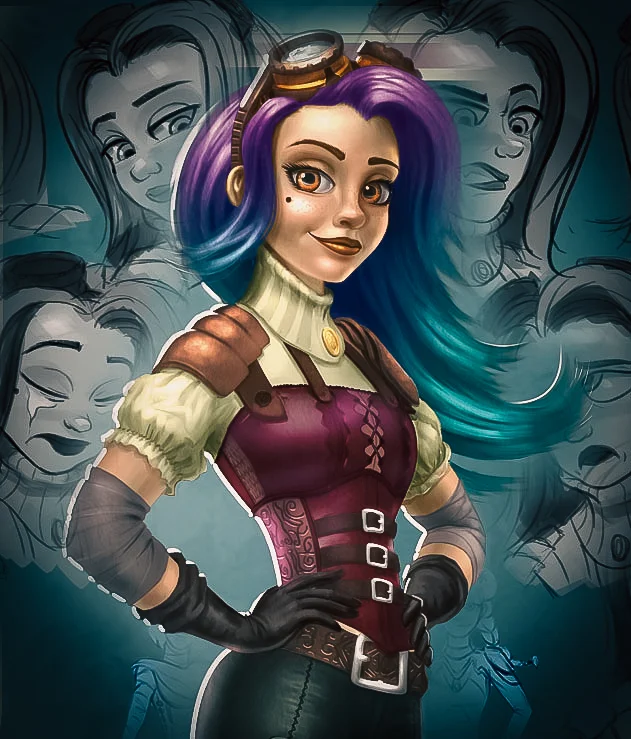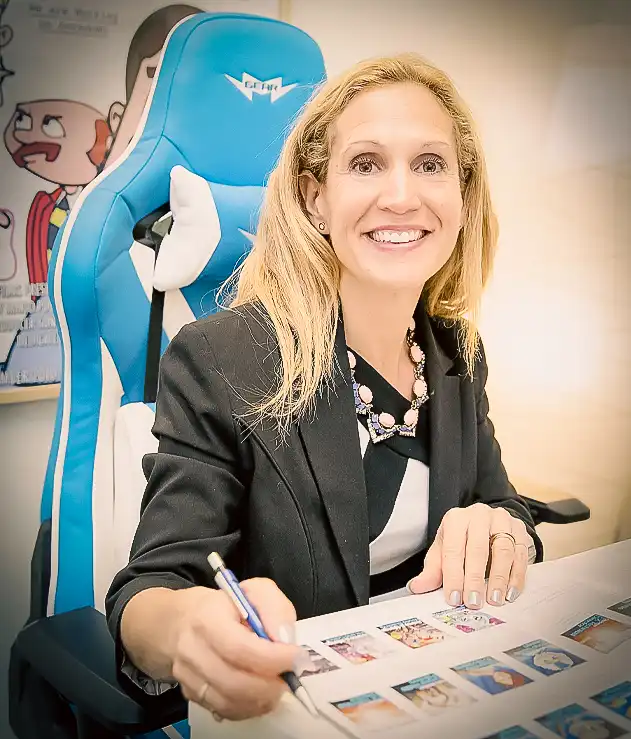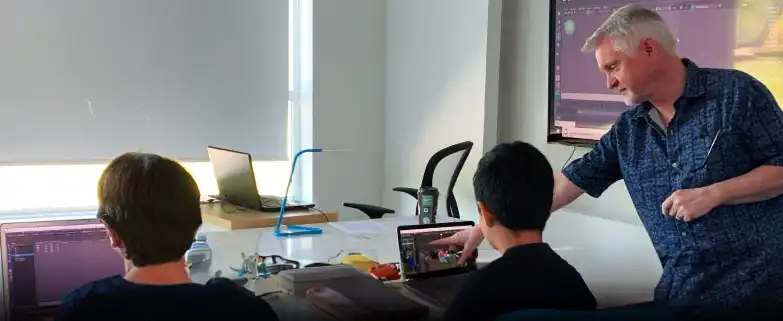
10 Mistakes that Animation Students Make
Animation school is exciting to say the least. An incredible career in one of the fastest growing industries—and doing something that you love, what could be better? Well, first you need to get your education, then build your portfolio, then get a job in the animation industry. While it’s a fast-growing industry, you do need to approach it with gusto—and we recommend sidestepping the 10 common pitfalls that animation school students often make.
The 10 Common Mistakes that Animation Students Make
1. Not Practice Drawing Skills
Yes, much of animation is computer generated these days; however, without the ability to draw, you will be lacking. It is especially important to learn how to draw the human form—which is incredibly complex, especially when it comes to facial expression, but also the head, face, hair, torso, upper arm, lower arm, palm, fingers, spine, hips, upper leg, lower leg, foot, and toes. Even more importantly, you need to know how to draw them from different angles.
You not only need to be able to draw the human form. However, you also know what to look for, how to recreate it on a page, and how to alter it in terms of things like age, weight, gender, age, etc.
If your program of study does not offer drawing, you need to look at the ability to learn anatomy, perspective, color, and life drawing via complimentary programs such as VANAS Concept Art program. FAME is another great learning source where you can find courses on drawing foundations.
2. Not Building your Portfolio
It is a mistake to think your school work alone will build a portfolio. In the days of online media you have incredible platforms to disseminate additional work outside of school work (a great example is FAME). Yes, school work can help your portfolio—especially in terms of professional techniques—but you need more than that. Your passion projects will really help set you apart from the crowd in terms of creativity and passion.
3. Your Work is not appealing
Building on the portfolio point, if your work is only technical, it can be boring. Really push the envelope! It may turn into an incredible portfolio item! Or it may not be good at all, and you hope it never sees the light of day. Either way, you need to push yourself in the Animation industry—and to not be afraid of failing. Not everything you create will be a shining diamond…some might be closer to a piece of coal. But…you can’t succeed if you never fail.
4. Thinking a Diploma/Degree Alone Will Make you Succeed
Graduating from an animation school is certainly the first step, but it’s only one of many. You need to push yourself, build a creative portfolio, attend industry events, create networking connections, etc. Think beyond the program. For example, you may go to school with someone who gets a job at your dream company—knowing them can make a huge difference, as can attending an industry event and getting a connection at your dream company.
5. Failing to be Consistent
Your portfolio will be your best work —but if you can’t create that consistently, then you aren’t going to succeed. You need to work on your consistency to have a long-lasting career in the field.
6. Create a Brand
If you’re online these days, then you know how important a personal ‘brand’ is. While jack-of-all-trades works in many careers, animation studios are looking for something unique. While you should have range as an artist, you need to develop your own brand. This brand should be evident across your work, portfolio, resume and more. Your own animation or drawing style, special effects, characters or story can help you to stand out from the crowd.
7. Not Improving your Worst Aspects
No human is good at everything, neither are animators. Some excel at one element—but that does not mean you shouldn’t work hard at the aspects you lack in. Whether it is quadrupeds, walls, weight, overlap, eye lines or whatever—you need to work at the aspects that you’re not great at. You will need them one day.
8. Fail Forward and Conquer Fear
To continue on the point of working on your weaknesses, you need to fail forward and conquer your fear. What if your body mechanics aren’t totally on point? What if your lines aren’t 100% on point? Will everyone hate it? Will you lose all your potential opportunities?
Don’t be paralyzed by fear—fail forward. Every time you create something less than perfect, you will challenge yourself to do better. But you need to hit the publish button to do so. Publish your work and listen to constructive tips to improve your art. Don't be shy to ask for feedback. Even those hiring for professional companies know that not all your work will be or should be perfect. If they are looking at new-to-the-industry animators, then they are looking for creative potential.
9. Not Focusing on your Niche/Specialization
Don’t spend all your time focused on things like drawing and fine art if you’re looking to get into video games. While being well-rounded is important, you need to specialize in your passion (or what is currently hiring the most). It is important to be fluent in software that is used by the industry you are interested in.
10. Rush Through the Details
You want to build a solid and diverse portfolio, so you’re focusing on quantity right? Nope. Nope, nope, nope. It is far more effective to have a few quality items than 37 ones based on churning them out. By focusing on details to make a few projects absolutely incredible, you will go significantly further. This means details like subtle motions and secondary actions. Focus on major movements—don’t try to mask them with the flick of a wrist or cascading hair. People in the industry who are hiring know the difference (you won’t fool them).
Ultimately, you need to constantly challenge yourself
So, you need to focus on being creative, pushing your boundaries, creating a solid portfolio, networking, learning to actually draw, and not skip on the details. These are what separate a great animator from a mediocre one. Education is important, but the piece of paper with your name on it alone won’t build your career for you—it is merely the first step.
If you’re thinking about an education and career in Animation, Concept Art, VFX of Video Games, reach out to Vancouver Animation School to learn more.

